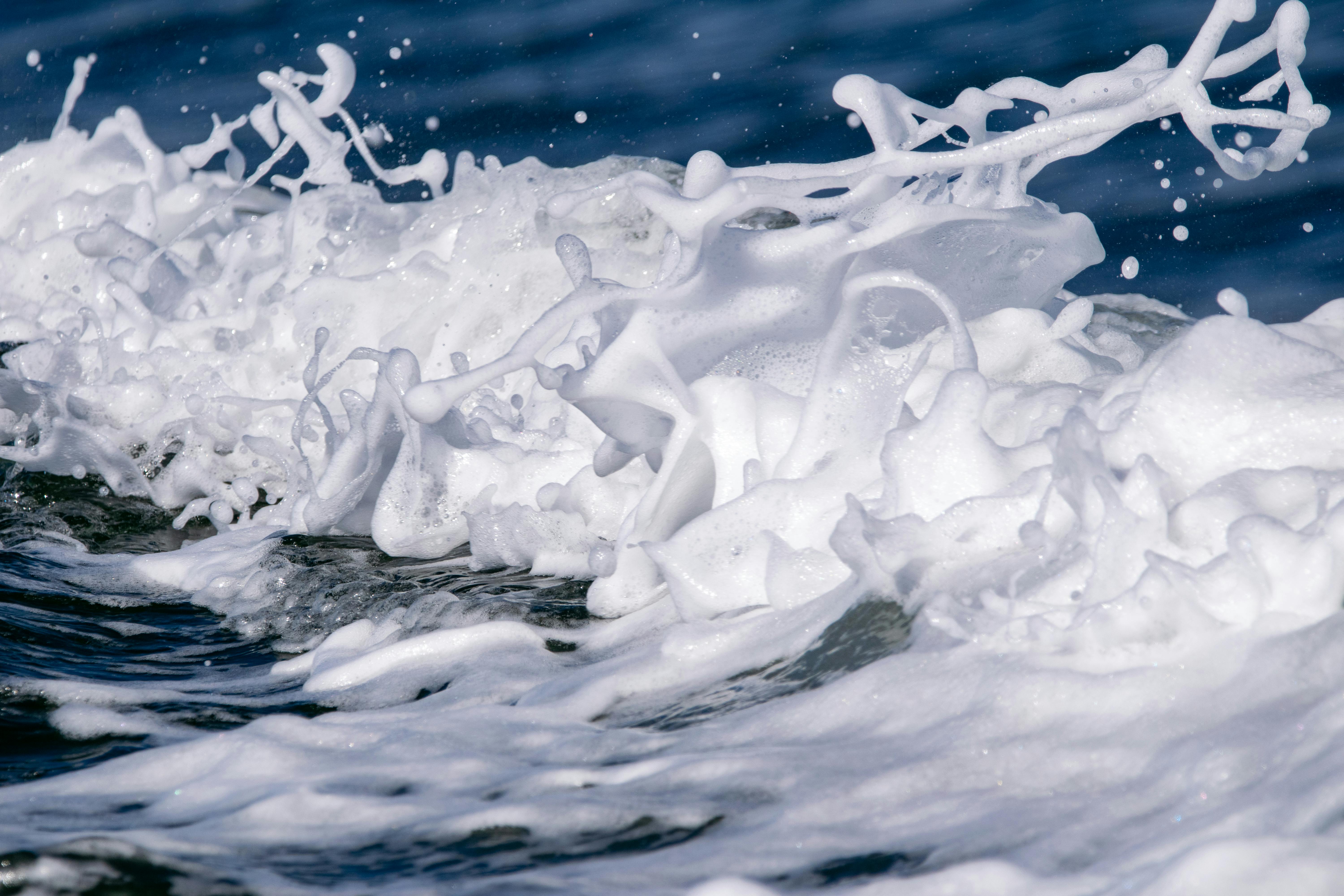Essential Guide to Shrimp for Aquarium Enthusiasts in 2025
As aquarium enthusiasts continue to explore diverse aquatic options, shrimp stand out as both fascinating and vital additions to freshwater environments. With numerous species available, understanding shrimp care and the intricacies of their habitat is crucial for success. Freshwater shrimp offer unique behaviors and colors, enriching the aesthetic and ecological aspects of aquariums. In this comprehensive guide, we will dive into essential topics related to aquarium shrimp, helping you create the perfect shrimp tank setup, maintain their health, and optimize their breeding potential.
We'll cover critical insights including shrimp species, their food requirements, environmental preferences, and practical maintenance tips. By the end of this article, you'll be equipped with expert knowledge to make informed decisions on shrimp selection, care, and compatibility with other aquatic life.
Key takeaways include understanding the best practices for shrimp care, proper tank parameters, and the most compatible tank mates. Let's get started!
Choosing the Best Shrimp Species for Your Aquarium
Choosing the right shrimp species is foundational for a thriving aquarium. Each species comes with unique characteristics and requirements. For those new to shrimp keeping, some popular choices include:
Cherry Shrimp: Attractive and Hardy
Cherry shrimp are colorful, easy to care for, and ideal for beginners. They thrive in a range of water conditions, making them an excellent choice for those just starting with freshwater shrimp. They also reproduce readily in a community tank environment, adding to their appeal.
Amano Shrimp: The Algae Cleanup Crew
Amano shrimp are well-known for their algae-eating abilities, which makes them fantastic additions to any aquarium with plant life. They prefer slightly higher pH levels and can coexist peacefully with various fish species. Understanding their water quality preferences is key to their successful keeping.
Ghost Shrimp: Clear and Carefree
Ghost shrimp, with their translucent bodies, add a unique visual allure. These shrimp are excellent scavengers and play an important role in maintaining the aquarium's ecological balance by controlling algae levels. They also thrive in community tanks but should be kept with similarly-sized fish to avoid predation.
With an understanding of the different shrimp species available, you can move on to creating a suitable tank environment.

Setting Up the Ideal Shrimp Tank Environment
The success of your shrimp largely depends on their tank setup. Maintaining optimal living conditions is essential to their health and well-being. Here are the key factors to consider:
Aquarium Size and Layout
When selecting the size of your shrimp tank, remember that larger setups allow for more stable water parameters. A minimum of 5 gallons is typically recommended for a small shrimp colony. A well-planned layout with plenty of hiding spots, such as rocks and plants, can prevent stress and promote natural behaviors.
Water Parameters: pH, Hardness, and Temperature
Different shrimp species thrive in different water conditions. Most freshwater shrimp prefer a pH range of 6.5 to 7.5, temperatures between 68°F and 78°F, and moderate hardness. Regular water testing ensures optimal conditions for shrimp health and growth.
Filtration and Water Quality
A good filtration system is vital for shrimp tanks. Use a sponge filter to avoid sucking up young shrimp and to maintain water quality. Regular water changes of 10-20% weekly help maintain excellent conditions by removing waste and replenishing beneficial minerals.
Understanding water parameters and ensuring adequate filtration lays the groundwork for successful breeding.

Breeding Shrimp: Tips and Techniques
Breeding shrimp can be a rewarding venture. Freshwater shrimp often reproduce easily when their environmental needs are met. Here are some insights into breeding practices:
Creating the Perfect Breeding Environment
To encourage shrimp breeding, provide a stress-free environment with plenty of plants and hiding spaces. Using a separate breeding tank can prevent adult shrimp from consuming the young. Ensure that the water parameters are stable during this vital stage.
Understanding Shrimp Reproduction
Once conditions are favorable, female shrimp will recognize male shrimp through various behaviors. Mating typically leads to the female carrying fertilized eggs under her abdomen, known as "berried" shrimp. It's critical to monitor these conditions closely as improper care could lead to high mortality rates among eggs.
Feeding Pregnant Shrimp
Proper nutrition is crucial for achieving successful breeding results. High-quality shrimp food rich in protein supports egg development. Shrimp algae eaters can also assist in managing algae growth and providing a balanced diet during pregnancy.
With a solid foundation on shrimp care and breeding, you are on the right path to mastering your shrimp tank.
